What to do when your training has lapsed, and your dog’s behaviour needs a little boost!
I see it all the time! A new puppy owner launches into training with gusto, ticks off most of the key commands, then dusts their hands off and thinks “all done!”.
If only…
Dogs are living, changeable beings and their training isn’t necessarily a “set and forget” type situation. Would we teach our human children their ABCs then consider their life’s learning complete?
Different stages of your dog’s life can have an impact on their behaviour (teenage pups are notoriously bad listeners!), traumatic events can occur that send things awry, or you might find that their behaviour simply starts slipping a bit and they’re no longer as responsive as they once were.
Whatever the reason, in this article I cover off some simple things you can do to maintain your dog’s great behaviour and ensure they (and you!) are happy and relaxed for life.
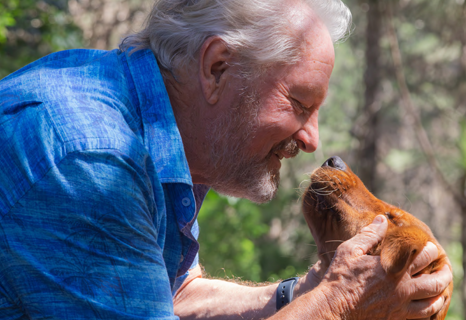
Mark Vette is a world-renowned Animal Behaviourist, Zoologist and Trainer. He brings together a unique combination of academic studies with 40 years of applied clinical animal behaviour consulting and treatment. Mark is a member of the International Association of Animal Behaviour Consultants. This article was written by Mark and the views expressed are his own.
1. Meet their exercise and stimulation needs
A dog that’s not getting adequate play, exercise and mental stimulation is much more likely to play up. Boredom, frustration and pent-up energy can lead to all sorts of behavioural challenges. Consider your dog’s age and breed, and ensure they are getting enough exercise as well as mental enrichment to satisfy them - along with their daily walk or two, incorporate puzzle toys and interactive feeders, teach new tricks, play scent games, go on ‘sniffaris’ and set up play dates with other dogs. Doggy daycare is excellent if you’re working long hours!
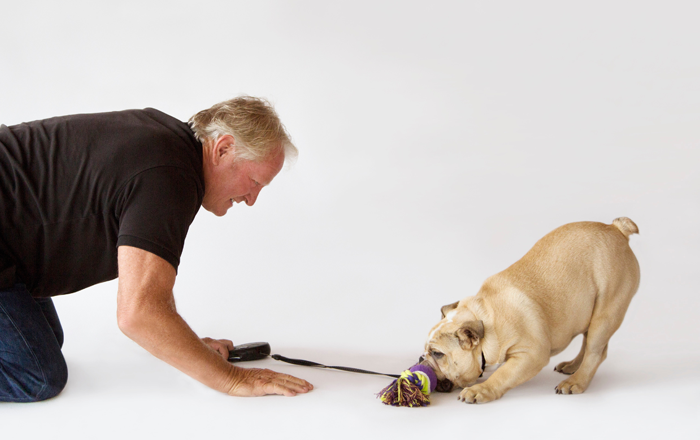
2. Stay consistent
This is the cornerstone of dog training. Ensure that commands, rules, and routines remain the same across all family members, inconsistency will be confusing for your dog. All use the same commands (e.g. Come! for recall, rather than just your dog’s name or Over here!) and all apply the same rules (if your dog’s not allowed on the couch, that should be the same for all dogs).
3. Keep up with socialisation
To maintain great sociability, continue to facilitate positive interactions with people of all ages and all different types of dogs, throughout your pet’s life. Periods of reduced interaction can have a significant impact on your dog’s behaviour (we saw this in a big way after Covid lockdowns!).
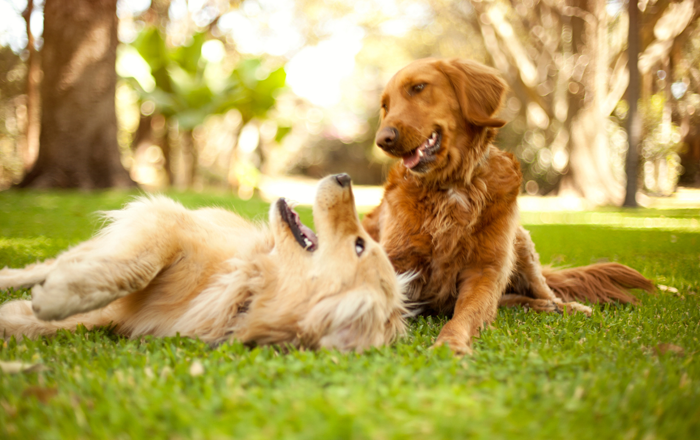
4. Routine refreshers
Periodically review and practice all basic commands, even those your dog has mastered! Practice commands in different settings to ensure your dog will respond regardless of distractions in the environment.
5. Make “training” a normal part of your day
Training your dog doesn’t have to be within a formal session. It can simply be insisting on basic manners throughout the day during all your interactions with your dog, ensuring you only reward them with food, affection, freedom or your attention when they’re doing something you want. For example - ask your dog to Sit and Wait before eating their meal, ask them to Sit before you take their lead off at the dog park, ask for Quiet before letting them inside if they’re barking at the door.
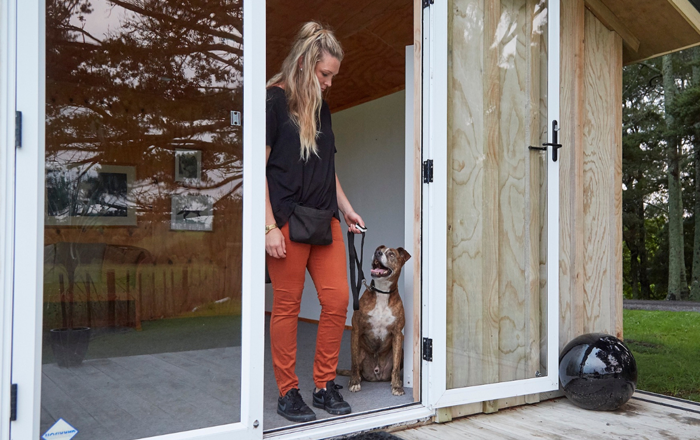
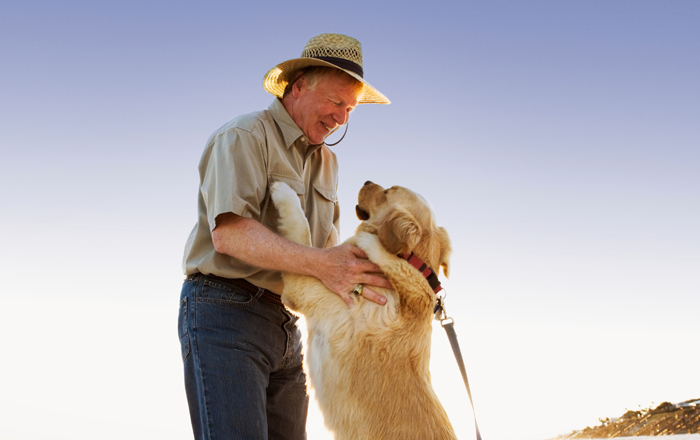
6. Don’t reward behaviours you don’t want
Accidentally rewarding undesirable behaviours is one of the most common reasons training goes backwards with an adult dog. Dogs are smart and quickly learn what gets them attention, treats, play, freedom or other positive outcomes - if you feed your dog scraps from your plate, of course they’re going to demonstrate begging behaviours at the table! Or if you let them in when they’re barking and scratching at the door, you’ve taught them that this is the way to gain access. Stay strong and wait until your dog is doing what you WANT them to do before you dish out what THEY want.
7. Bring back training tools and treats
If you’re finding your dog’s training has slipped, it might be time to bring back the training tools you used when first teaching new commands. I favour a clicker, a small hand-held tool that makes a distinctive click sound to mark the exact behaviour you want - it makes training so much quicker, and when your training needs a tickle up you can bring it back out to reinforce those key commands easily. If you don't use a clicker, you can use a “yes” command marker in place of a clicker. Also use TREATS! Food is a powerful natural motivator for a dog, so carry around a pocket of something tasty to entice your dog to follow direction more reliably. A long lead is also an excellent training tool to give your dog some freedom but retain control when needed.
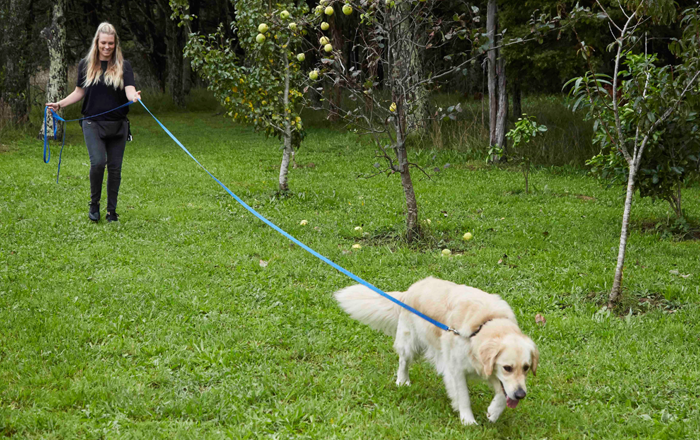
8. Use a hierarchy of training tools
To work on getting your dog listening again in more distracting environments, work through a hierarchy of training tools. Start on a short lead with more control, then when all is going well move to a retractable or long lead so you can give your dog a bit more freedom but still maintain control, then move to letting your dog drag the long lead for even more freedom, then finally move to off-lead (when in appropriate areas). At each stage, test that your dog is responding consistently before moving to the next.
9. Nothing in life is free
This means asking for a little bit of work before you give your dog access to anything they want (food, freedom, your attention, contact, affection). Just a simple Sit or Wait command is usually perfect, and this helps teach your dog to "ask" for what they want from you by sitting or waiting. You can easily incorporate this principle into your day and notice how quickly your dog starts using their manners whenever they want something from you! Asking them to think and do something also helps to dampen any hyperactivity or anxiety and gets better responses.
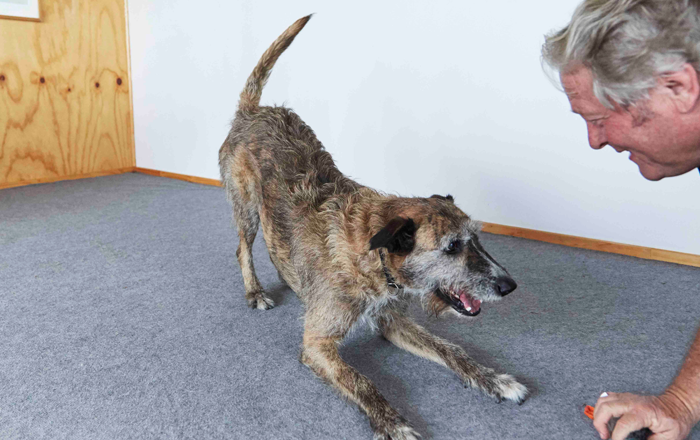
10. Don’t go overboard
Keep training sessions fun and brief, 5-10 minutes is enough, you don’t want your dog becoming sour on their work! Short daily sessions are preferable to long sessions infrequently. Always finish a training session on a good note, ideally with a successful command, followed by a bit of play to release the tension, then a rest to consolidate the learning.
11. Recover from negative experiences
It takes FIVE good experiences to outweigh ONE bad one. It’s called the 5x Negativity Bias - negative stuff has a bigger impact on your dog than positive stuff. Ever noticed how one person’s bad feedback plays more strongly on your mind than tonnes of positive feedback? The same goes for your dog. If they have a negative experience or get a fright from something, we need to gradually expose them to those stimuli again, using a clicker and high value food. It’ll take around five positive exposures to help them recover from the one fright they received (more if it was a significant fright or traumatic experience).
12. Address behaviour issues promptly
If you see an issue emerging, take action to address it before it becomes habitual or deeply ingrained. Generally challenging behaviours can be reversed without too much trouble if you nip them in the bud early.
13. Your own state of being
Your dog is highly attuned to how you're feeling, and if you’re stressed, frustrated or anxious, they’ll sense it and take their lead from you. So check your attitude and behaviour, and try to remain calm, upbeat and encouraging. If possible, try to enjoy the training process - I guarantee your dog will respond more positively if you do!
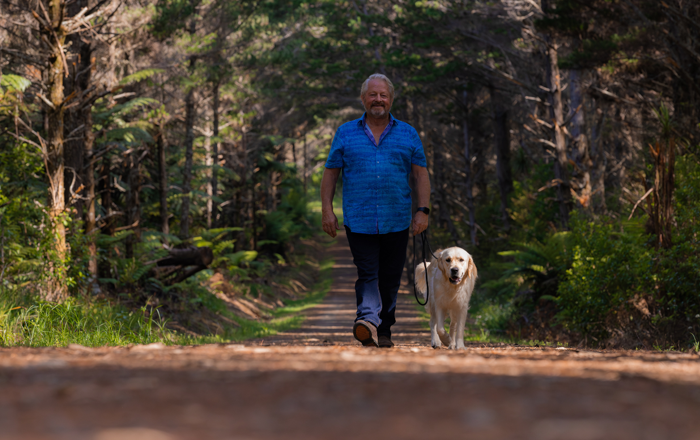
14. Health check ups
If your dog’s behaviour changes quite suddenly, or if they’re getting on in age, it’s worth getting a vet check-up. Behavioural changes in adult dogs can be linked to health issues, for example pain can cause pain-induced aggression, hesitance to do things they would usually do, or avoidance of certain types of touch, and allergies can lead to obsessive licking or self-mutilation. It’s worth eliminating a medical cause for any changes in your dog’s behaviour.
15. Patience and consistency
Finally, be patient and consistent. Training is an ongoing process, and results may not be immediate. Consistency in commands, rewards, and routines will help your dog understand what is expected of them.
Good luck!
Always consult your vet on the best way to look after your pet. And to avoid unexpected costs, make sure your pet is insured.
Have a look at our pet insurance plans to choose the right insurance plan for your pet.
